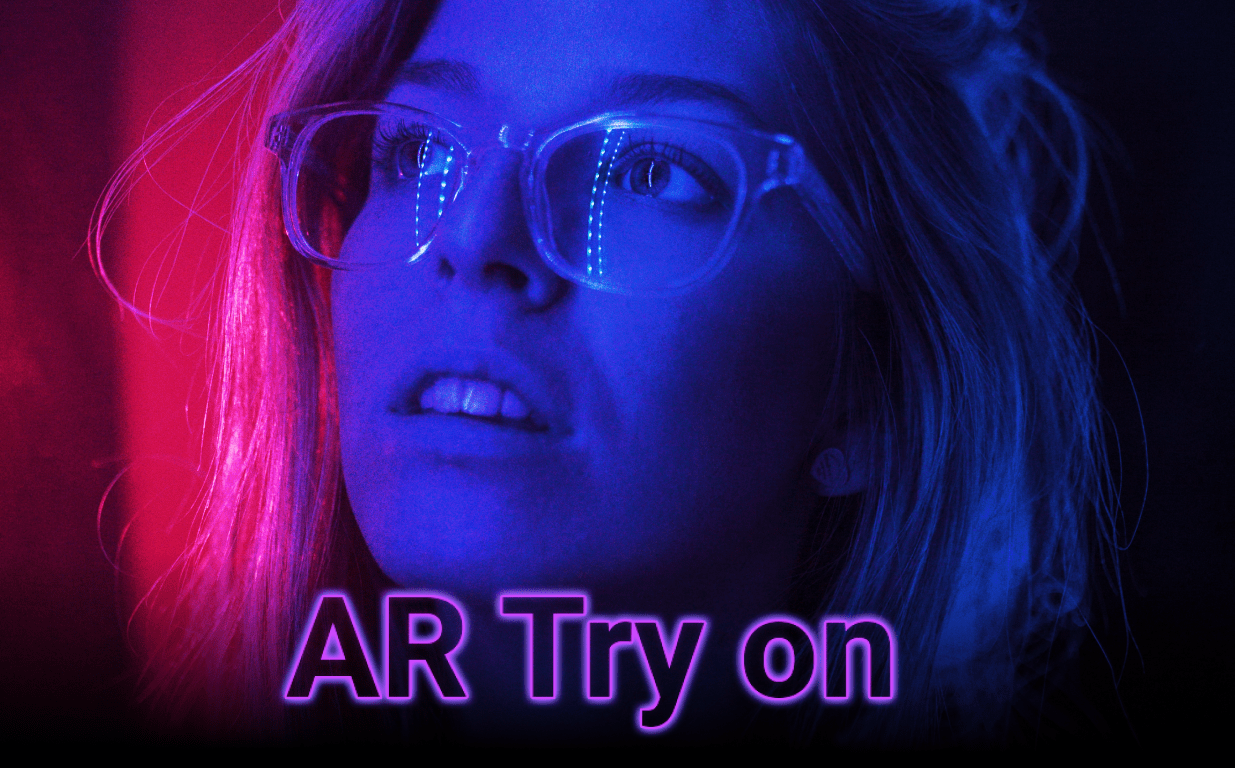Virtual try on AR

Devices: iPhone 10, iPhone 11, iPad Pro and the newest versions
Applicability
| Manufacturer’s problems | Buyer’s problems |
| • the need to try on glasses before selling | • the need to try on glasses after someone |
| • huge competition | • unwillingness to communicate with sellers |
| • long product life cycle | • the need of friends’ advice when buying |
| • buyers are becoming more demanding | • unwillingness to be under the “pressure” of sellers |
| • a large number of Chinese fakes | • difficulty to choose suitable models |
| • lack of customer feedback | • difficulty to find branded products |
Task
To create a solution that will:
1. create a stream of hot leads, conduct a financial solvency test, increase brand recognition, create an additional source of communication, expand sales geolocation
2. show a wide range of models, provide current prices for models, select what really suits you, eliminate the need for long communication in the store, eliminate the need to say no
Solution
To create a branded mobile app with augmented reality, which allows customers to try on glasses models that change depending on the parameters of the face, selecting ideal glasses based on mathematical calculations.
Project work list
- technical process research and selection
- glasses model optimization
- development and implementation of app feature set
- database development
- development of client-server logic
- preparation and release
What is Try on app?
This is a Gallery.
In the app, users can view all models of glasses available for sale in augmented reality directly on themselves. At the same time, users can change the color of the frame and the color of the temples. Each model of glasses is a photorealistic 3D model of existing glasses, which gives a real idea of how the glasses will look on a person.
This is Uniqueness.
If there are any questions, users can contact support directly in the app by selecting the appropriate section and get an instant answer.
This is Social Activity.
After trying on glasses, the user can take a photo or video with glasses and send them to his or her social networks, as well as show their relatives and ask them which one is better.
Video is recorded with sound, which makes this feature indispensable for Instagram bloggers who like to communicate with their audience and receive feedback.
This is Personalization.
The app does not just try on glasses, it is able to collect information about the user’s face according to the following parameters:
-face shape of a person;
-distance between the pupils;
-distance between the extreme points of the eyebrows;
-nose width at a certain level.
The app also makes a face card, which is also sent to the manufacturer. The collected data is transferred to the production unit to create truly unique glasses that meet the requirements.
This is Care.
If there are any questions, users can contact support directly in the app by selecting the appropriate section and get an instant answer.
This is Database.
After trying on glasses, the user undergoes the registration, where he enters his last name, first name, address, contact phone number, email address.
Also, the app allows you to track the favorite models of each user and conduct research on the most popular models.
This is Navigation.
Each user can open a section with optician’s and obtain data based on the location for the three nearest optician’s-partners. From this menu, the user can go to Google maps and select the way without wasting time. This greatly simplifies the process of attracting customers to stores.
This is a Solvent Target Audience.
The app uses ARKit and FaceID technologies developed by Apple, which works on the latest phones and tablets, which helps to make assumptions about the solvency of app users.



